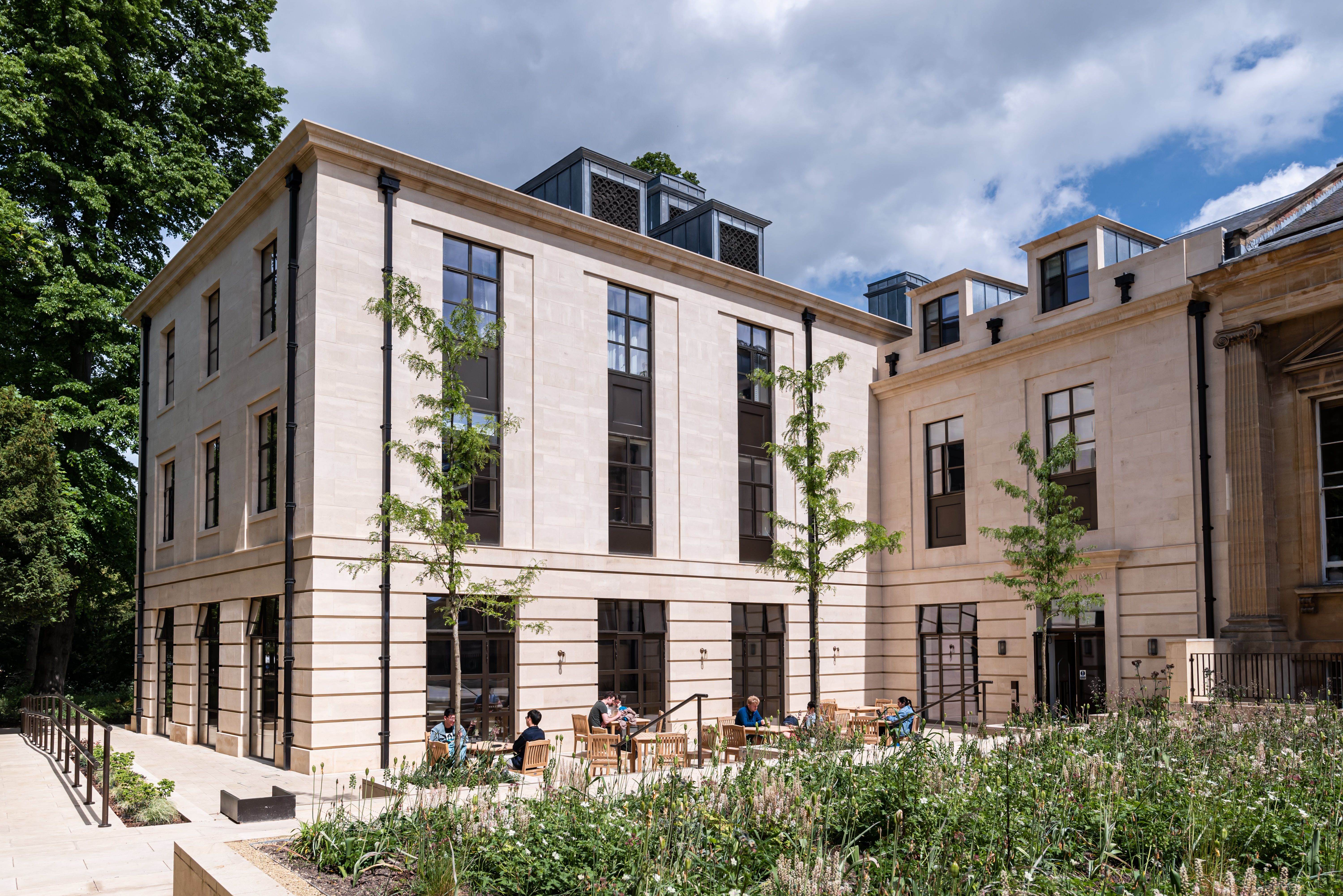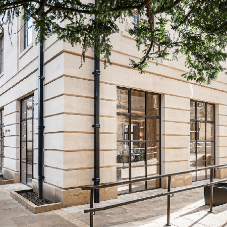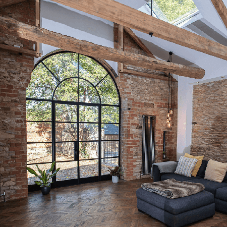Russell Ager, Managing Director of Crittall Windows, considers why the integrity and reliability of fenestration products are vital to ensuring lasting architectural quality.
The finite detail in architecture is never incidental. Every material and every component carry consequences for the performance of a building and for the reputation of its architect.
Windows, often described as the ‘eyes’ of a structure, are central to this equation. They influence light, energy efficiency and visual character. Yet too often, decisions around fenestration are driven by appearance alone. The real measure of quality lies deeper, in the authenticity of the product and the credibility of its manufacturer.
As we know, architects don’t simply select a frame for glass. We choose an element that must stand the test of time in terms of function, resilience and aesthetic integrity. A window that looks convincing on day one but deteriorates within a decade compromises the building and risks undermining professional trust. That is why product authenticity matters: only when the origin and manufacture of a system are beyond doubt can you be confident it will serve its intended role for generations.
At Crittall Windows, we have lived this truth for more than 170 years. Since Francis Henry Crittall pioneered the steel-framed window in the nineteenth century, our work has shaped buildings across the world. From iconic Modernist structures to contemporary housing, our products endure because they are the real thing. Unlike imitators who borrow the visual language of steel but substitute other materials, we manufacture every window from high-grade recycled steel in our own UK facility. This complete control, from raw material to finished product, is about pride in our craft, and accountability too. Architects and clients know precisely where the product has come from and what performance standards it can meet.
Authenticity also safeguards design intent. The strength of steel allows us to create the slim sightlines that have become synonymous with openness, light and rhythm. If the detail is diluted, the architectural effect is diminished. By working with a manufacturer that has refined its process over a century, architects can ensure their vision is not compromised by technical shortcomings or premature failure.
Crittall’s credibility rests on decades of projects that remain in use today, as well as continuous investment in new technologies. This is the meeting of heritage and innovation that defines architectural quality.
There is also a wider responsibility. In a profession increasingly influenced by sustainability, specifying a product with proven durability is an environmental decision as much as an aesthetic one. Windows that last for decades with minimal maintenance reduce waste, conserve resources and represent genuine value.
Ultimately, architecture is measured in time. The decisions made during specification shape how a building performs, how it weathers and how it is regarded years from now. When windows combine technical rigour with aesthetic integrity, they allow the design vision to remain intact. As we know from long experience and a rich history, choosing products from a manufacturer with proven expertise ensures the architecture speaks with the same clarity decades later as it did on the drawing board.
www.crittall-windows.co.uk
Why product authenticity and credibility define architectural quality
| T | 01376 530800 |
|---|---|
| E | hq@crittall-windows.co.uk |
| W | Visit Crittall Windows's website |
| Francis House, Freebournes Road, Witham, CM8 3UN |







